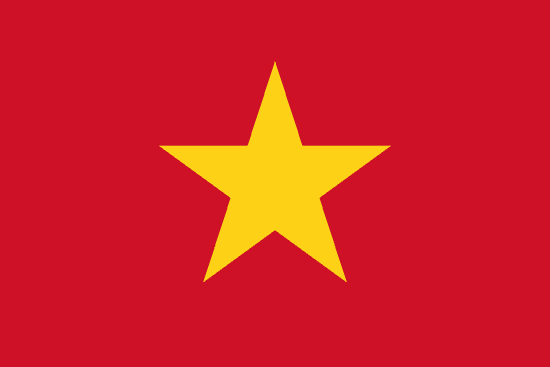Vinh, the city where the sun rises, where the winds of history blow.
About:
Vinh, a city in North Central Vietnam, has a history dating back to the 2nd century AD when it was part of the ancient kingdom of Champa. It was later incorporated into the Dai Viet empire. Vinh was significantly developed during the French colonial period in the 19th century. The city was heavily damaged during the Vietnam War, but has since been rebuilt and is now a significant economic and cultural center in the region.
When to visit:
Vinh is a city located in north-central Vietnam, known for its historical sites and vibrant culture. The best time to visit Vinh is during the dry season, which typically falls between October and April. This period offers pleasant weather with cooler temperatures, making it ideal for exploring the city's attractions such as Ho Chi Minh Square and Cua Lo Beach. Additionally, visiting Vinh during holidays like Tet (Vietnamese New Year) can provide a unique cultural experience with festive celebrations and traditional customs.
When to avoid:
The worst time to travel to Vinh, Vietnam on a holiday is during the rainy season, which typically occurs from September to November. During this time, heavy rainfall and potential flooding can disrupt travel plans and outdoor activities. Additionally, the humidity levels are high, making it uncomfortable for sightseeing and exploring the city. It is advisable to avoid traveling to Vinh during these months to ensure a more enjoyable and hassle-free holiday experience.
Winter Season (Dec-Feb)
During Vinh's winter months (November to January), the weather is typically the coldest and wettest. Average temperatures hover around 18-20°C (64-68°F), but can drop as low as 15°C (59°F). Rainfall is abundant, averaging 200-300mm per month, and it's often overcast with limited sunlight. It's not uncommon for the city to be enveloped in mist during the early mornings and late evenings. For a visitor, an average day might involve navigating the city under a light drizzle or exploring indoor attractions to avoid the frequent showers.
Summer (May - October)
Vinh, located in Vietnam, experiences its warmest months from June to August, with temperatures typically ranging from 28°C to 33°C (82°F to 91°F). Rainfall during this period is quite high due to the summer monsoon, with monthly averages between 80-100mm. The city gets an average of 5-6 hours of sunlight per day, and humidity levels are usually around 80%, making the environment feel quite sticky and moist.
Cloudiness varies, but the summer months often witness a mix of sunny and overcast days. The mornings usually start with bright sunlight, while afternoons often see cloud cover, followed by occasional rainfall.
For a visitor, a typical day in Vinh during the warmest part of the year would feel hot and humid. The high humidity can make the actual temperature feel a few degrees hotter than it actually is. It's best to wear light, breathable clothing and stay hydrated. Despite the heat, you can enjoy the city's vibrant life in the morning hours. Afternoons are perfect for indoor activities or relaxation as it might get rainy. The evenings, post rainfall, can be quite pleasant and are a great time for exploration and local cuisine tasting.
Language:
In Vinh, a city in North Central Vietnam, the most commonly spoken language is Vietnamese. As the official national language of Vietnam, it is used in schools, government offices, and daily life. The Vietnamese language spoken in Vinh is of the North Vietnamese dialect, which is considered the standard form of the language.




